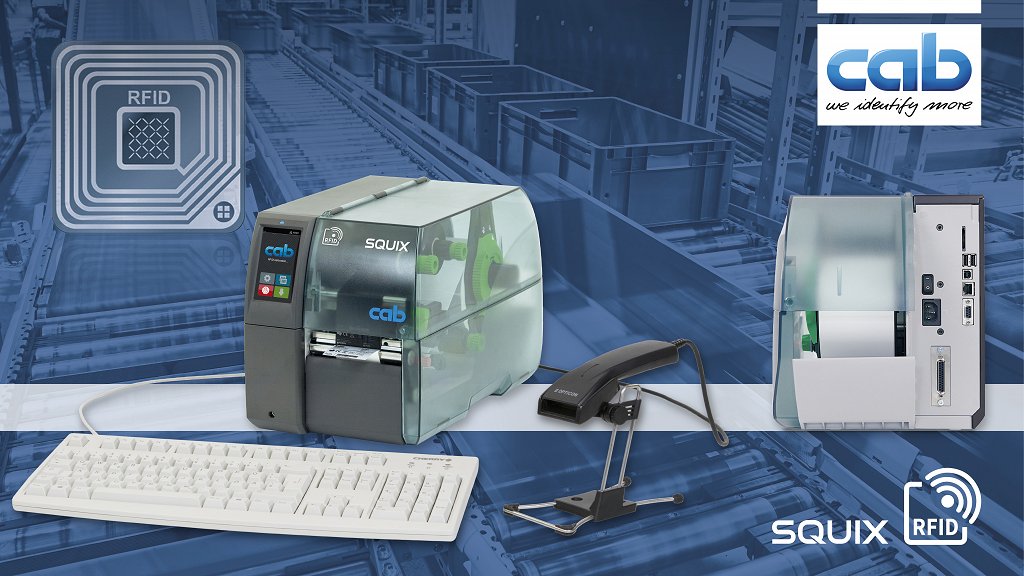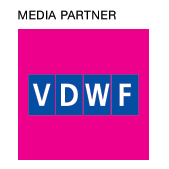RFID in label printing
11.08.2021
Labeling is no longer just information transport. cab solutions enable components and assemblies, products and packages be tracked to their origins, in particular in industrial processes and logistics. Label data can be assigned explicitly. RFID technology has proven worthy when tracking and tracing identified goods. On this occasion, radio signals transport information along an electromagnetic field. A RFID system demands RFID labels, a steady or mobile reader to verify data and write data on such labels, as well as proper system software.

Requirements of label printing
RFID labeling differs from standard label printing. In addition to a print job, label printers are sent information to be stored on the RFID microchip of a label. RFID labels are self-adhesive labels providing a RFID tag (RFID chip plus a RFID antenna). Requests by a reader to a RFID tag in the magnetic field are accepted by the RFID tag's antenna, forwarded to the chip and finally answered, for example a serial number. Response received from the reader can be recorded and processed by software. It is similar to scanning a 2D code or a barcode, but provides much more benefits.
Suitable label printers
cab optionally adds an UHF RFID read/write module and a RFID antenna to thermal printers of the proven SQUIX series. As a result, UHF RFID tags can be read on the fly and displayed on the printer's GUI, be verified and written with data. Depending from the application, data can be written to different memory sectors on a RFID tag. Written data are compared with the initial data by the printer. Printing is triggered only after checkup. Incorrect labels are identified as invalid. RFID antennas are provided for common RFID tags, highly sensitive signal requests and metal surfaces. A specifically developed calibration method assists with optimum read/write positions and performances. Characteristic lines defined by calibration can be printed, as can label profiles. The mechanics of all SQUIX printers has been designed for continuous operation in rough work settings. Provided is the currently most comprehensive range of peripherals on the market.
Benefits of UHF RFID labeling
UHF RFID labeling fits wherever automatic registration, stock, detection, control or transport are required. Operators benefit in production, logistics, work safety, access control or ticketing. See the following samples:
• Information are read without visual contact.
• Individual objects or stacks/bulks are detected rapidly.
• Transparent materials management
• Order tracking
• Signals are passing through different material types.
• Large operating ranges
• Cycle times are reduced
• Highly economic
See data and a video of cab RFID labeling solutions on www.cab.de/en/squix-rfid




































